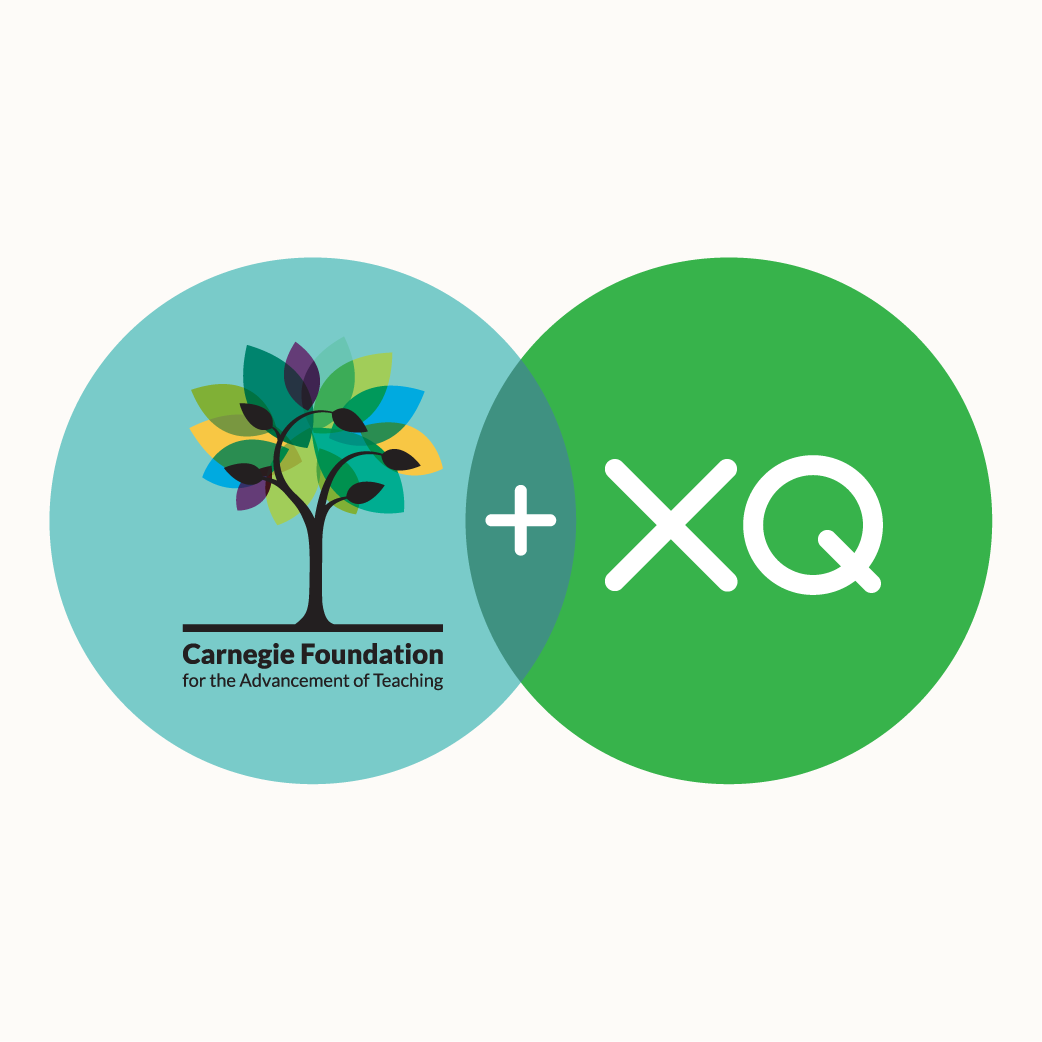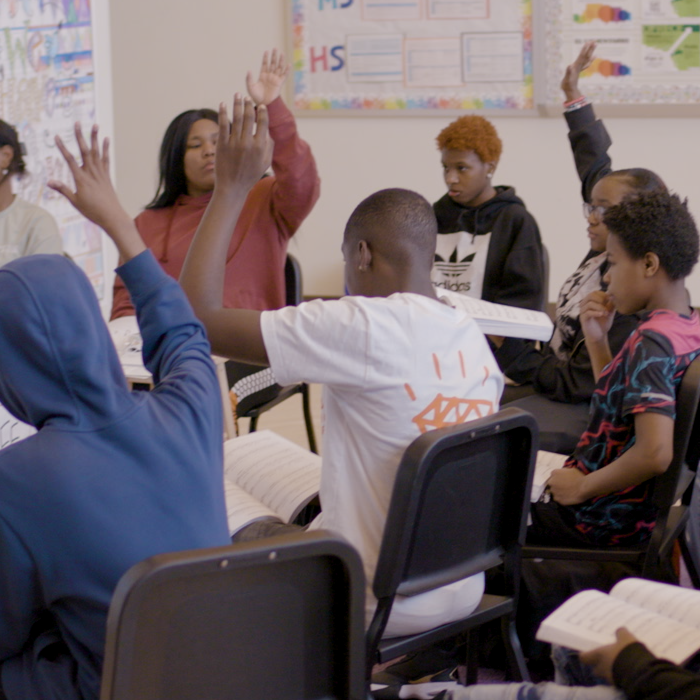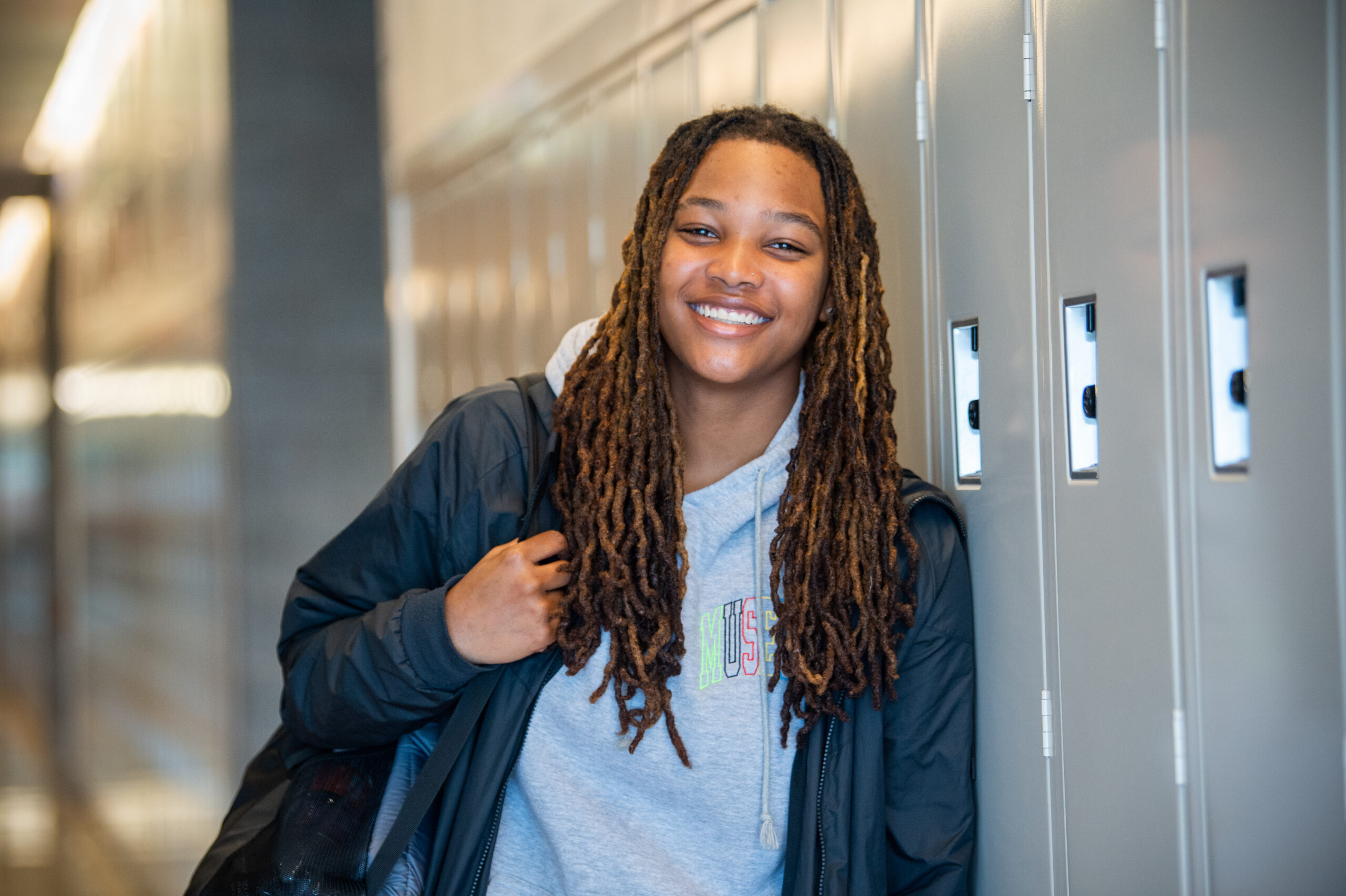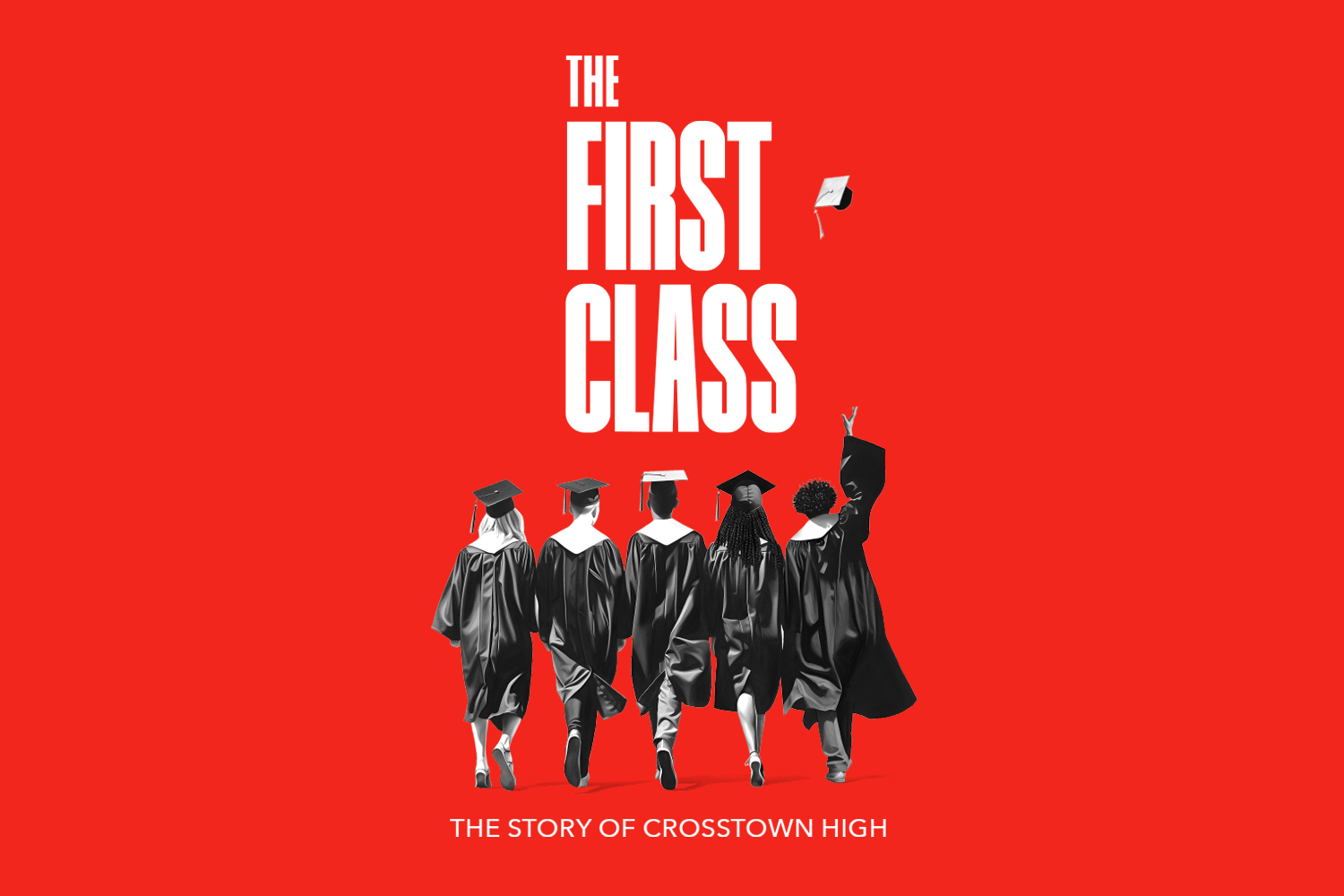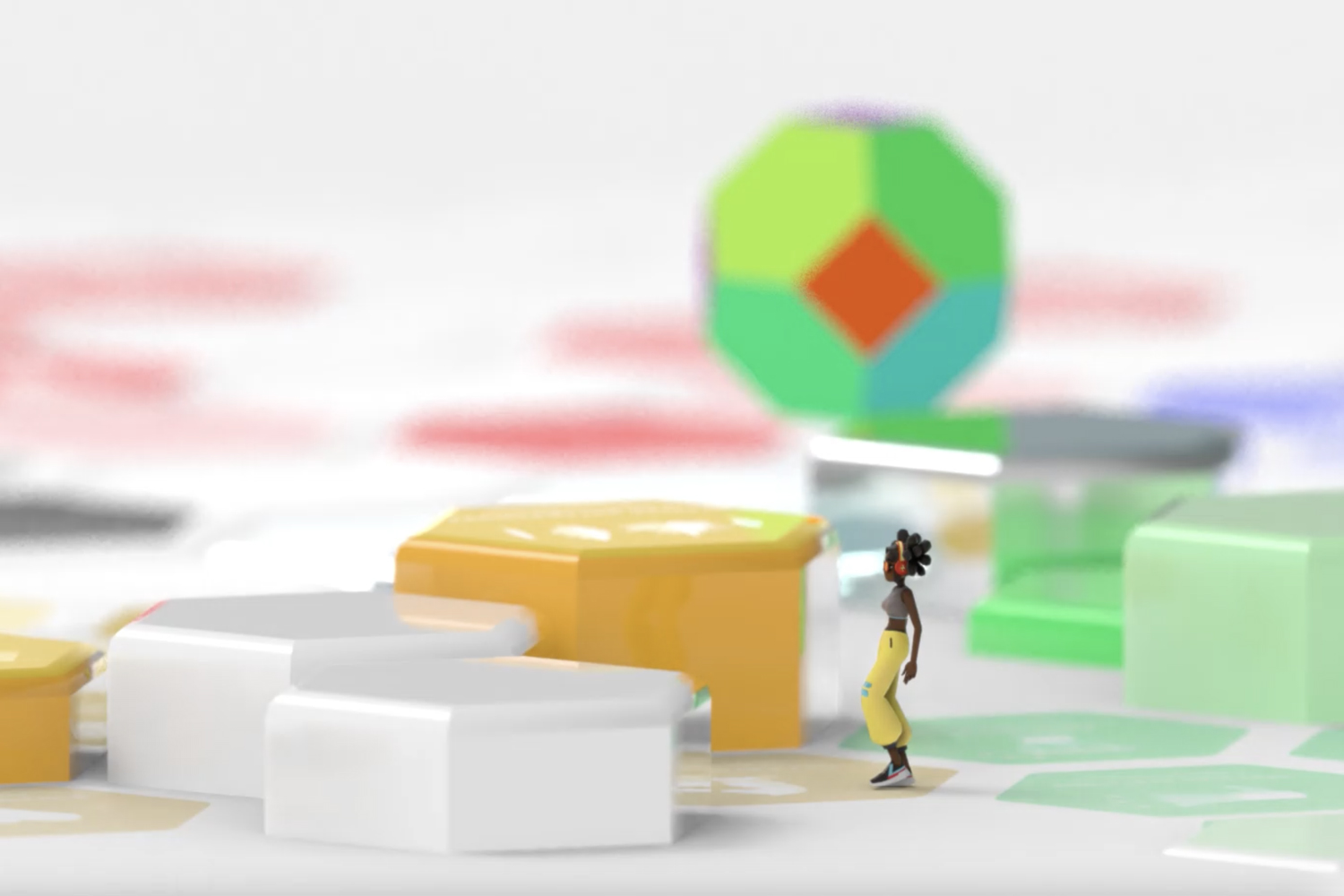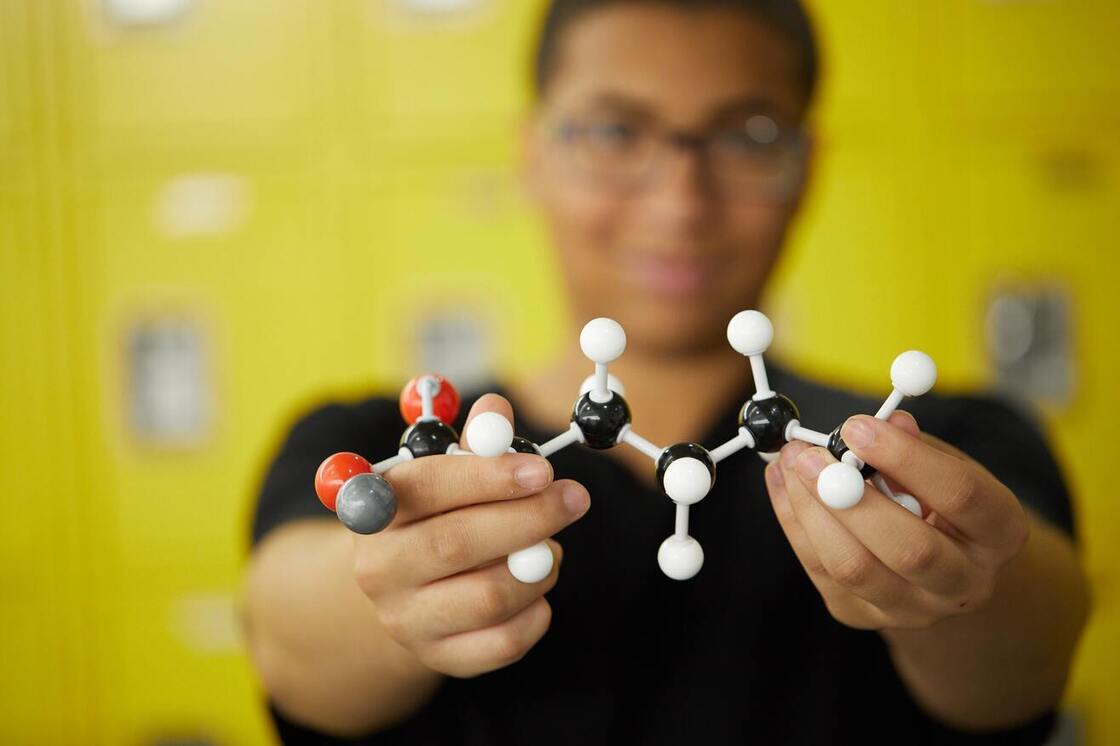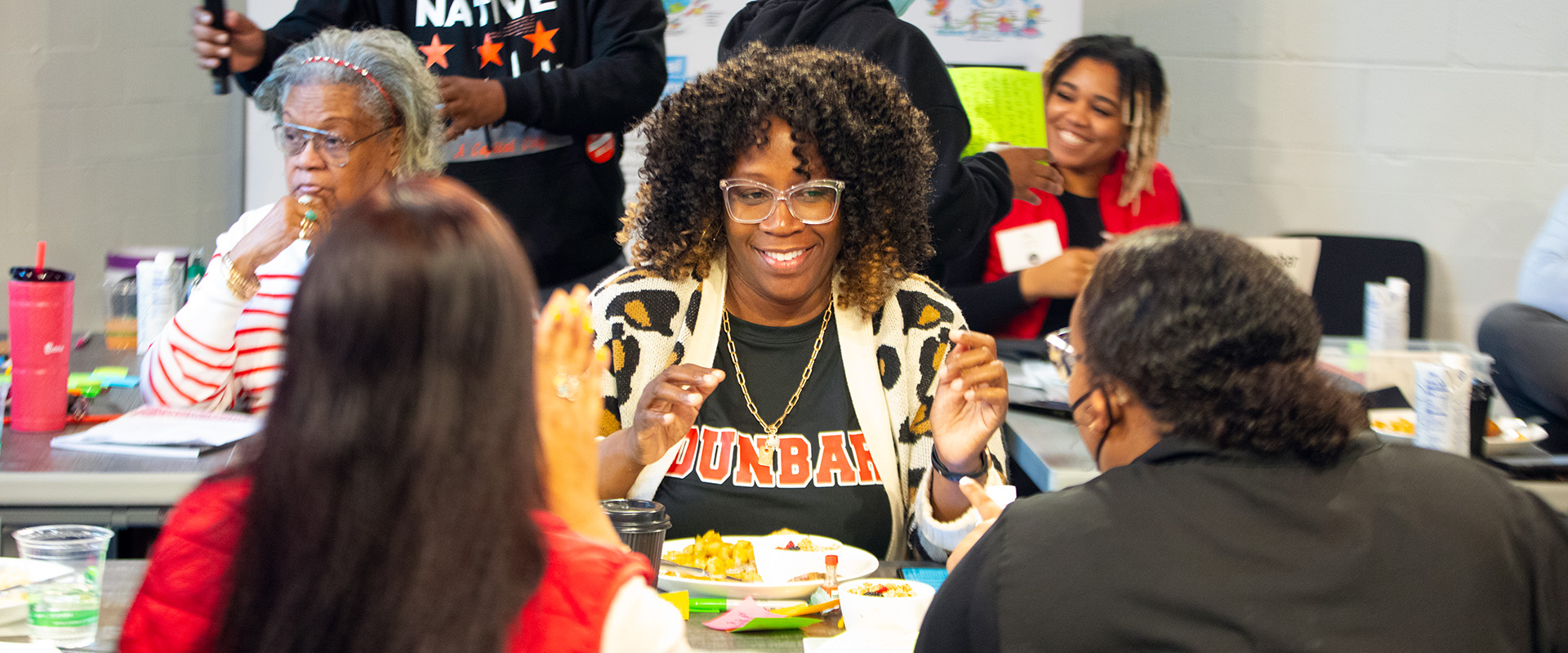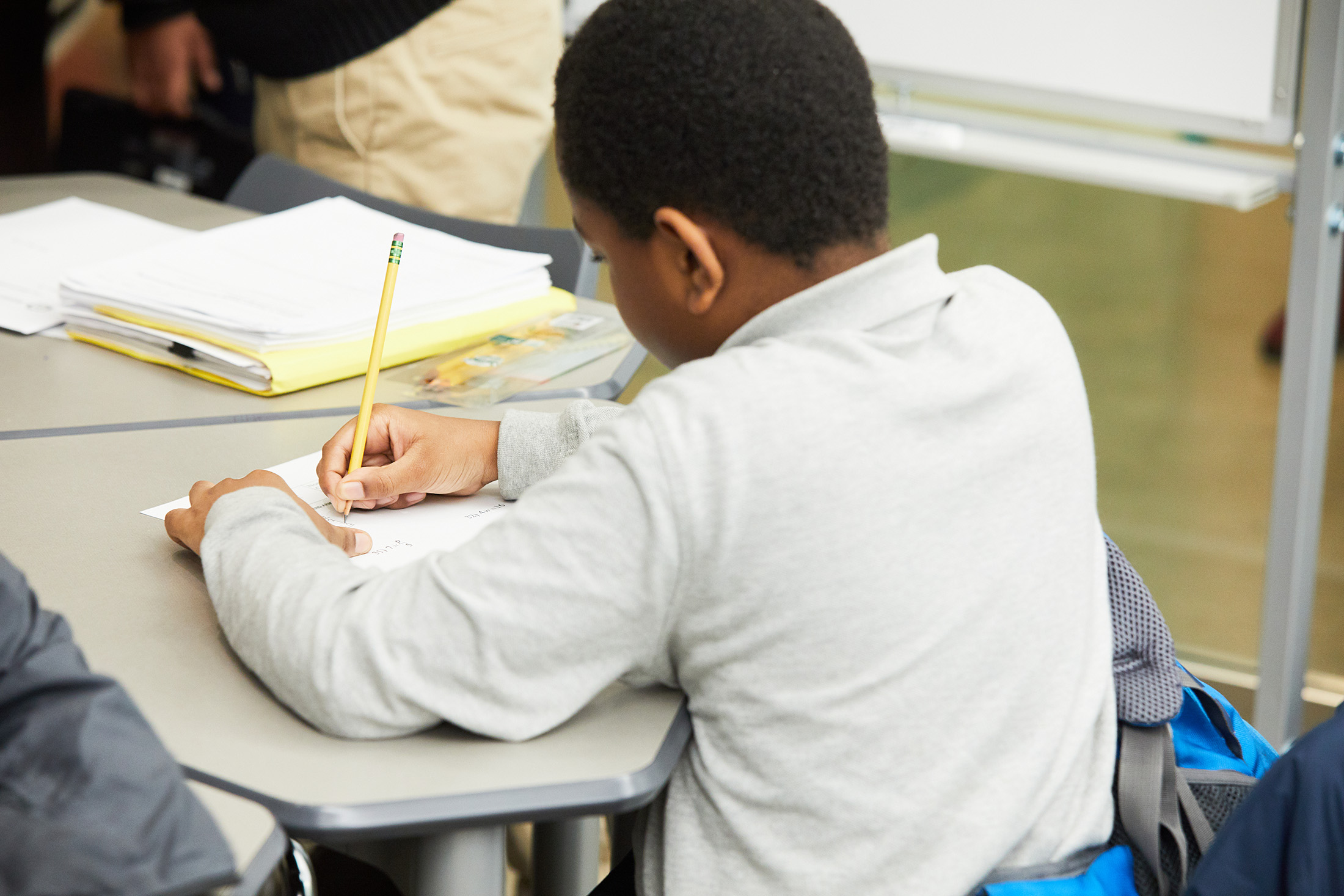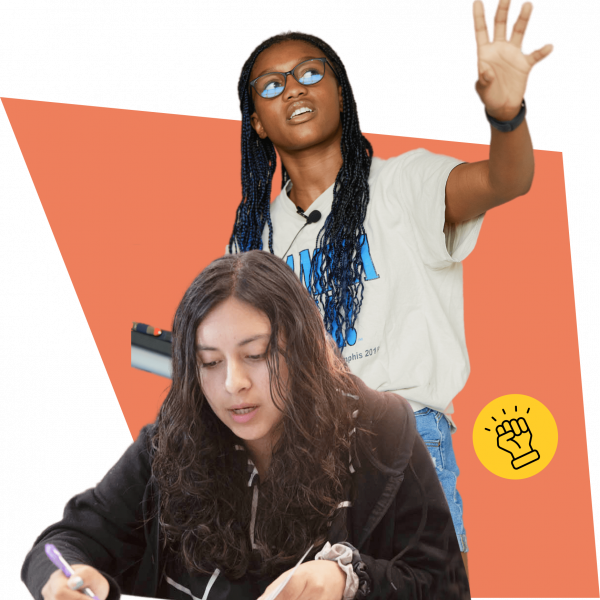Vista High School
Vista, California
Students and teachers redefining learning together.
Vista High School is a comprehensive public high school of more than 2300 students that is rethinking how to serve a historically disadvantaged population of students, many of whom are Latino and eligible for free and reduced-price lunch.
Vista’s team operates on the belief that in order for students to succeed, they must feel supported, valued, and capable. The school has undertaken an innovative approach to holistic well-being and self-directed learning. Since participating in the XQ Super School Competition, Vista leaders and staff have been inviting students to co-create learning experiences that are relevant, authentic, and meaningful to students’ interests and futures in an environment where it’s safe to take appropriate risks and to understand themselves as learners. The journey hasn’t been easy, but it’s been worthwhile.
Design Principles in Action
Learn how Vista High School applies these XQ Design Principles to sustain student success
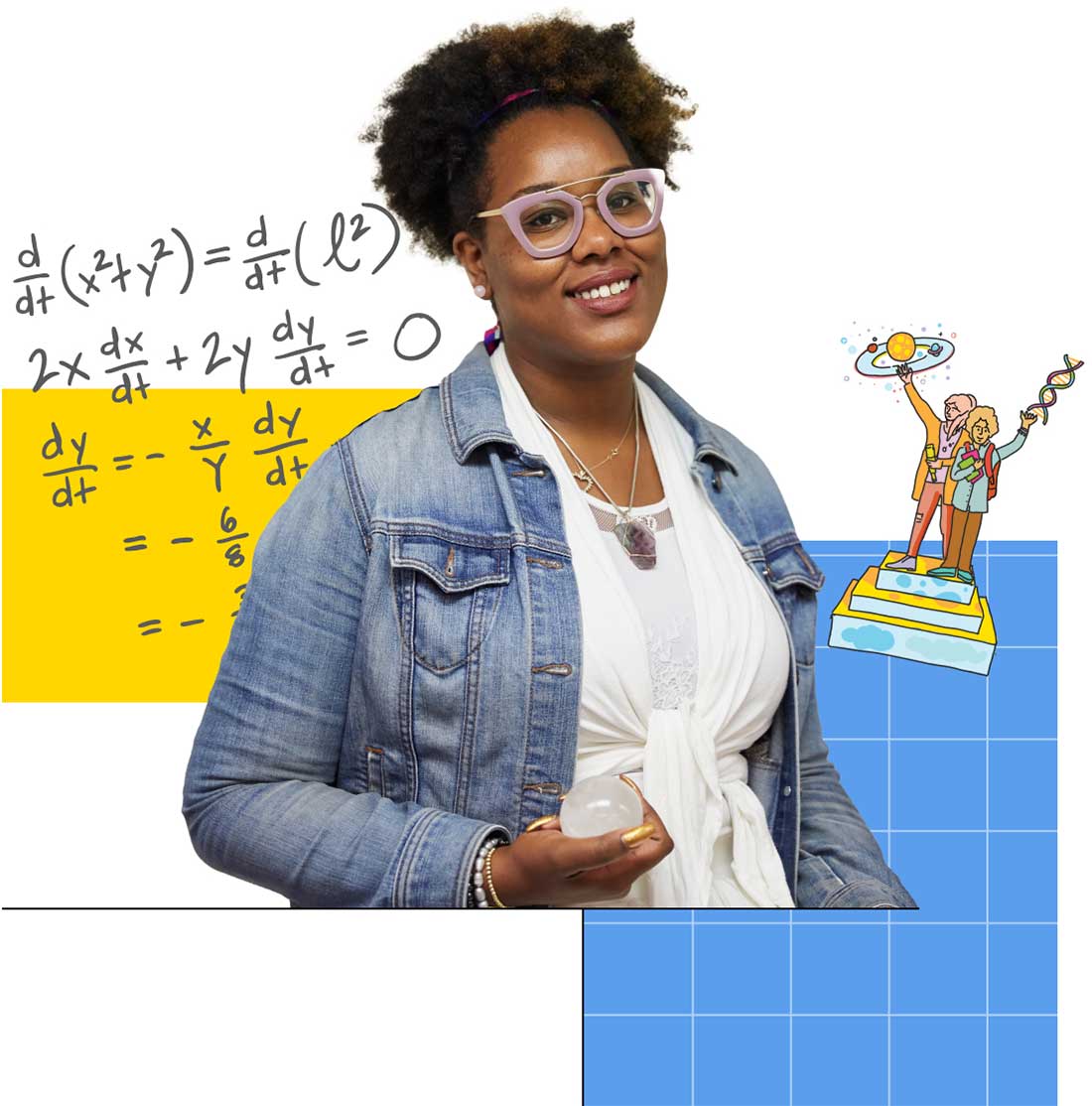
Caring, trusting relationships
Vista has a Wellness Center that is designed to help students improve their self-awareness and relationship skills through classroom instruction, outreach (“coaching”), and restorative practices. The center focuses on helping students manage their emotions and impulsivity, increase their empathy and improve their ability to make responsible decisions. The Wellness Center is staffed by wellness teachers who work closely with the Health Office, counselors, social workers, school psychologists, and administrators. In restorative circles, students learn how their choices impact others and how to build positive relationships in order to create a safe, productive, and supportive community. All freshmen take a wellness seminar to build an understanding of their individual strengths and how to incorporate those strengths into their learning experiences.
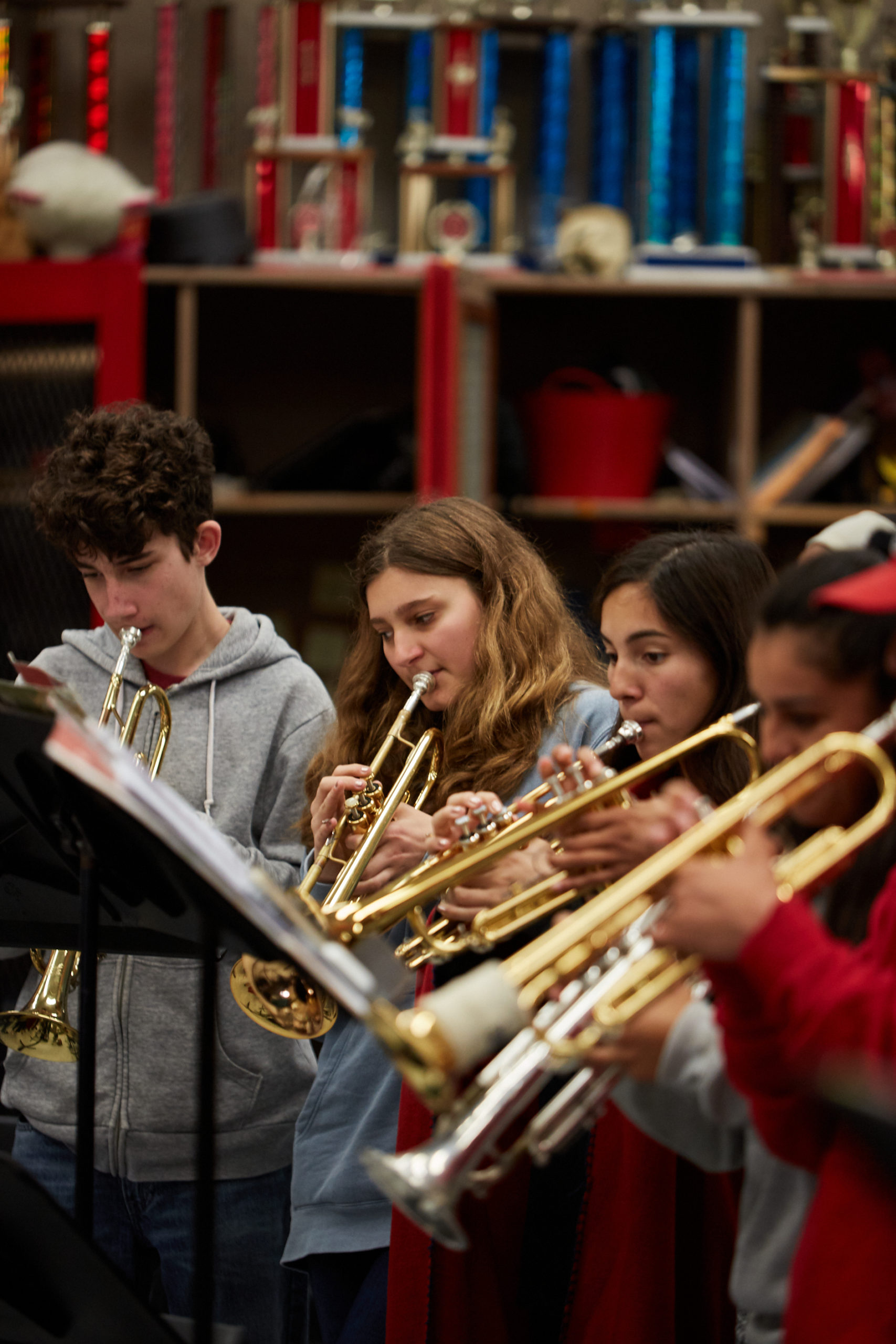
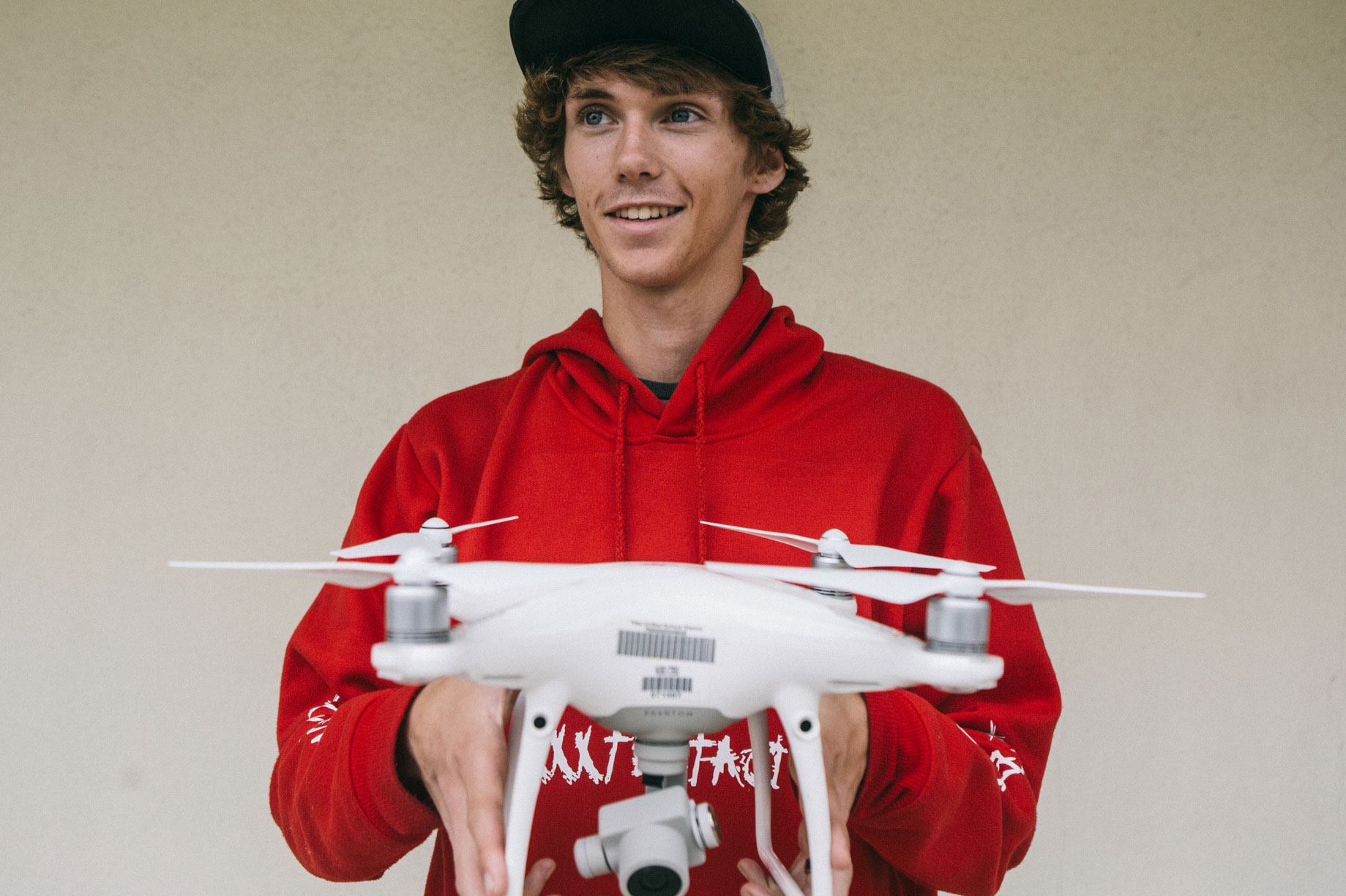

Youth voice and choice
Vista cultivates a personalized and self-directed learning environment with a robust focus on students’ social-emotional growth. The school’s Personalized Pathways align with students’ passions and post-secondary goals. For example, 10th-grade teachers collaborated with their students to imagine what a co-created semester might look like. The ELA and world history teachers laid out the standards and non-negotiables, and the students added their thoughts and ideas as to how they might demonstrate their understanding. They put the characters of history and literary works on trial. To support teachers in shifting from the school’s former traditional style of classroom organization, the school’s leaders developed a cohort of peer-to-peer coaches who collaborate with teachers as thought partners to develop new ideas for building student voice into learning experiences.
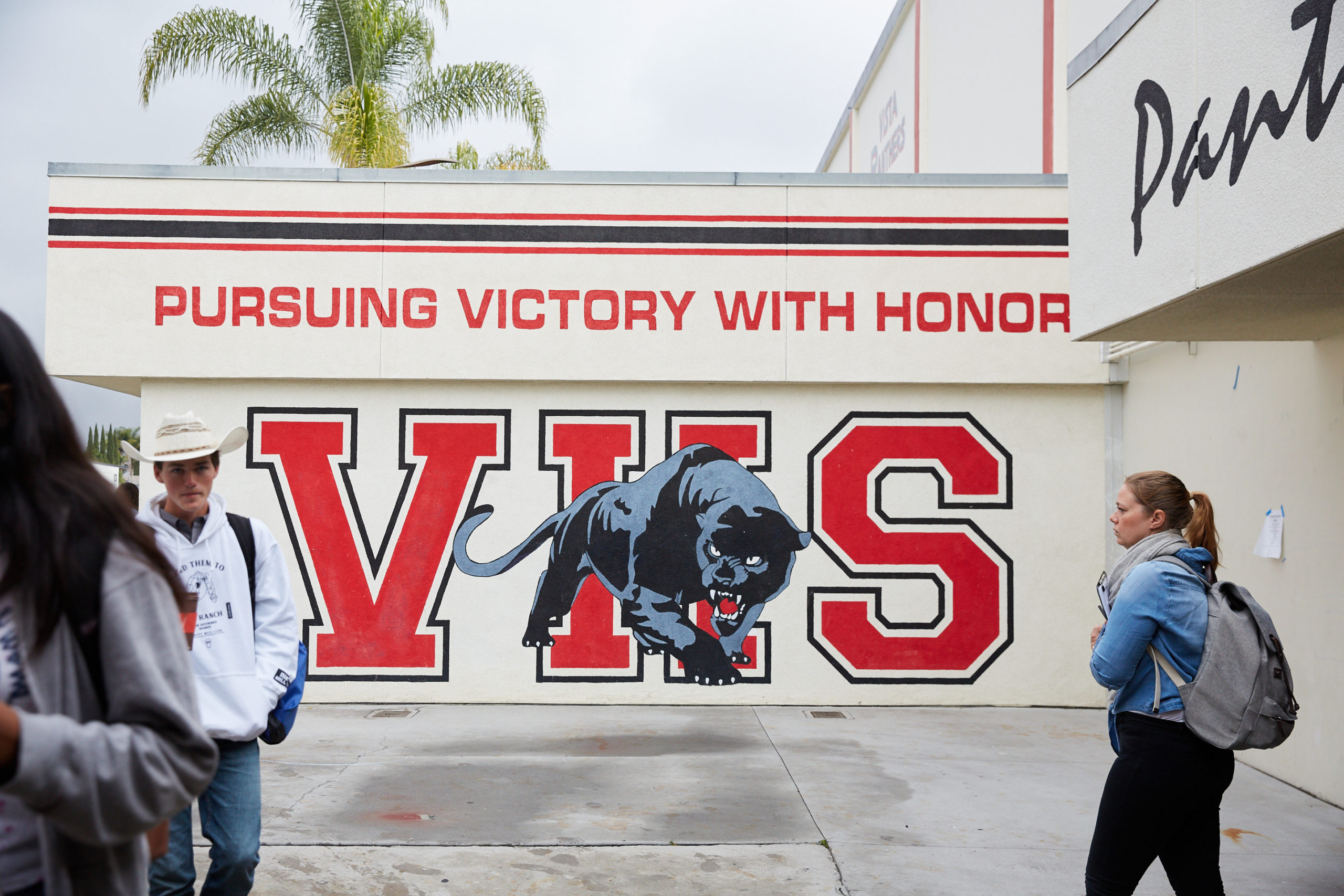
Student Outcomes
Vista’s class of 2022 graduation rate was 86.1 percent, higher than the district’s rate of 72.1 percent and just below the state’s rate of 88.3 percent.
One in ten Vista 12th graders earned college credits during high school (11 percent), according to XQ’s Senior Survey of the class of 2022. And eight in ten Vista 12th graders said they felt at least somewhat prepared for the future (81 percent). Of those students, over half said they had developed creativity and problem-solving skills (56 percent) and collaboration skills (54 percent), strengths that would serve them well in the future.

